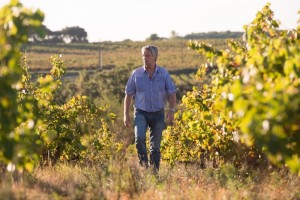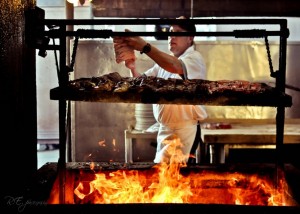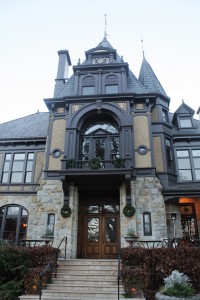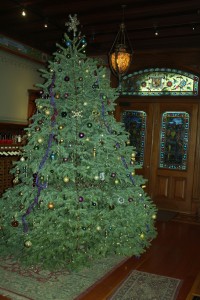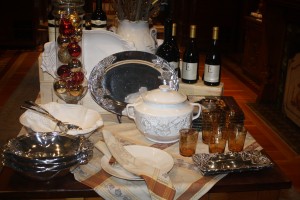There are two types of locales in Wine Country. Some are places with a small number of wineries, often not of the very highest grade. Areas like Temecula Valley, Long Island’s North Fork and Jerome, Arizona fall into this category. Then there are the sectors where the world’s great wines are made, such as Bordeaux, Napa Valley, Stellenbosch, Barossa, Tuscany and the Cote d’Or in Burgundy. These are enormous territories with hundreds of wineries and tasting rooms. (For example, there are more than 400 wineries in Napa Valley alone.)
Here’s a little non-secret: you can’t visit them all. Probably not in a lifetime and absolutely not in a day. So if you’re visiting one of these legendary wine-making areas and you only have a day (especially if you only have a day) there are some tips that will make your visit more enjoyable.
- Do some advance planning. Figure out where you will be starting from that day, how long it will take to get to Wine Country and when you need to be back. Many thanks to Google Maps; everyone can be an expert in these matters nowadays. You also must factor in the number of wineries you intend to visit, which is governed more by your tolerance for alcohol than in the number of hours you’ll be in the area.
- Choose just one section to visit. Or maybe two, at the most depending on the geography. The point is that you want to spend your time visiting wineries, not driving long distances from place to place. [Exception to this advice: Maybe you do want to drive around in order to take in the scenery. Maybe you want to see the vineyards surrounding castles in the Medoc or the gracious hills in Sonoma County or the Route Touristique in Champagne. That’s a great idea, too, but then plan to minimize your winery visits.]
- Figure out where you’re going to have lunch. If you are going wine tasting, you are going to have lunch. This may be a picnic by the side of the road in a Burgundian village or a fine repast at a South African wine farm. But these meals don’t just happen. You need to plan ahead if you’re bringing lunch with you or know where restaurants are if you intend to dine that way. Some of the best bets are knowing where the local delis are. These days, many have gone gourmet, which isn’t bad at all.
- Go to the best wineries in the section you choose. This is easy if you’re familiar with the area, but what do you do if the wineries are all just names to you? There are several answers. Again the Web is your friend; look up “best wineries in ______” and you’ll have an excellent chance of tasting something worthwhile, at least to someone’s taste. Or just ask people. We have often pulled into the first winery we see, tasted their wines and then asked the people there where else we should go. These folks in wineries are usually very generous with advice and have often led us to some of the greatest wine tasting experiences of our lives. (See Valpolicella Follies, for example.)
- Do your wine tasting in a town, not at the vineyards. As a general rule, tasting rooms in towns are inferior to what you’ll be able to try at the places where the wine is actually made. But that is not universally true. For example, you can have a very pleasant experience walking down Grand Avenue in Los Olivos, stopping at a few (just a few) of the 25 tasting rooms in town. You can do the same thing at the degustaziones in Montalcino. If you happen to be staying in those places, you don’t have to worry about getting behind the wheel of a car, so your day is optimized.
- Don’t worry about what you didn’t get a chance to see. It is far better, to our minds, to get the most out of a small sample then just to skim a larger selection. We realize that not everyone feels this way, but consider the fact that having visited one corner of Wine Country, life has a way of giving you another chance one day.
